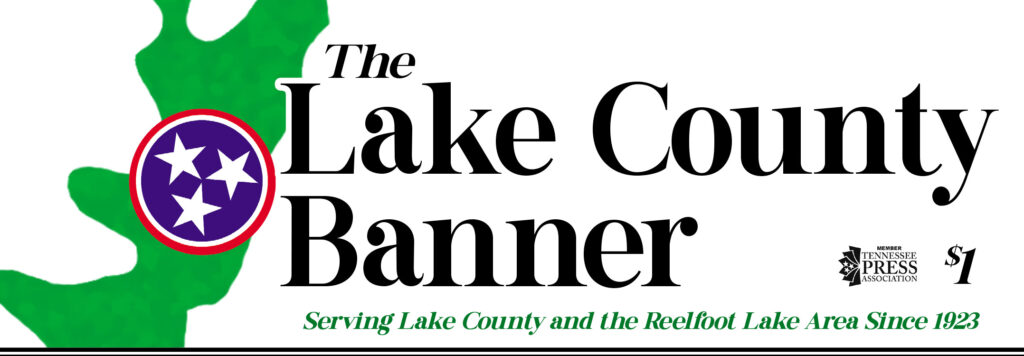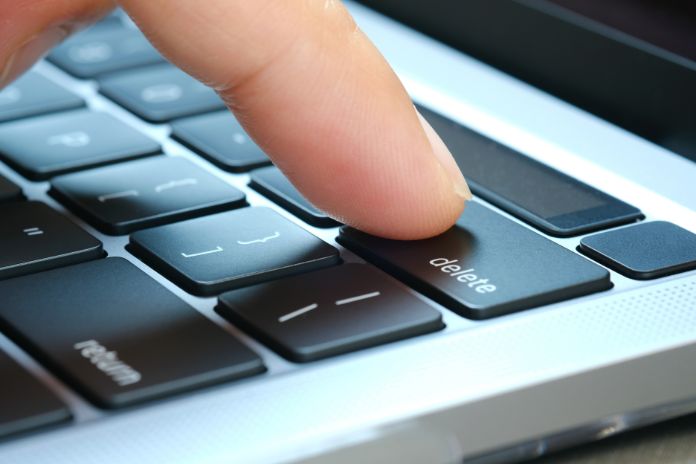Panic attacks involve sudden and extreme distress that can also manifest in physical symptoms, including sweating and shaking. They occur because of some perceived threat that someone fears they cannot control. These episodes are intense—stronger than other experiences of anxiety—and they greatly impair one’s driving ability if they happen in the car. Even the thought that a panic attack may occur in the car can affect how someone feels about getting behind to wheel. To help, here’s our brief guide on how to handle a panic attack when driving.
Hone in on Yourself and Your Surroundings
To restore control during a panic attack, you must learn what coping strategies effectively dispel your symptoms. Panic attacks often have physical or environmental triggers, but they can also occur after a buildup of negative thoughts and emotions. Getting your mind off these thoughts and onto the present helps. To accomplish this as you drive, play distracting music and ground yourself in the present through one of several ways. Eating or drinking something very sweet or sour helps, as does listening to distracting music and breathing deeply. Taking small steps to bring you out of your head and into the present gives you a semblance of control as you struggle with your mental state, stopping you from spiraling further.
Try to Drive Through Your Anxiety
A panic attack is an extremely distressing, but if your symptoms are mild, you may want to continue driving as you seek to ground yourself. Pulling over is one coping strategy for reducing or stopping a panic attack while you’re driving, but it’s not always effective, especially if your panic attacks are driving-induced. Rather, try to press on and experience improved symptoms even as you continue driving. This improves the associations you have with driving overall and prevents you from developing a chronic fear of driving.
Pull Over
As we mentioned, you can push through a panic attack and drive on in some cases, but our final tip for handling a panic attack when you’re driving is to simply pull over safely. If you’re in heavy traffic, intentionally implementing safe traffic jam driving practices may help as you find an opportunity to pull over. Otherwise, act as if you have a flat tire. Turn on your hazard lights, gradually slow your speed when you’re in the lane nearest the right shoulder, and grip the steering wheel firmly throughout. Focusing on your safety may also distract you from your immediate distress.







